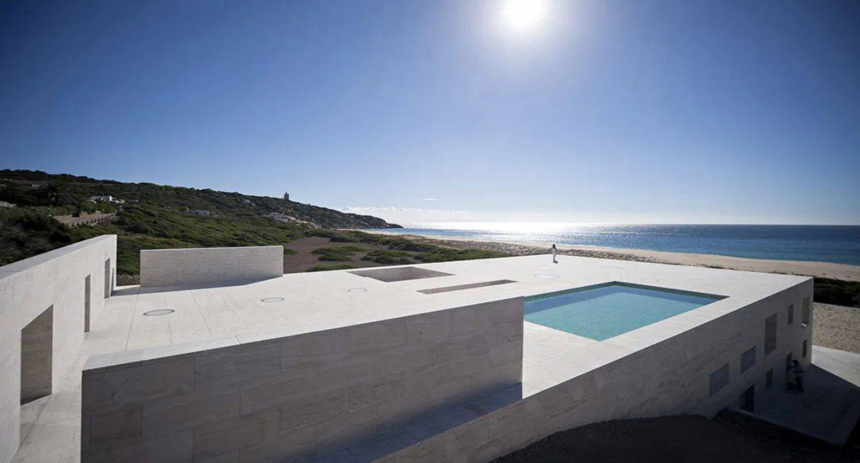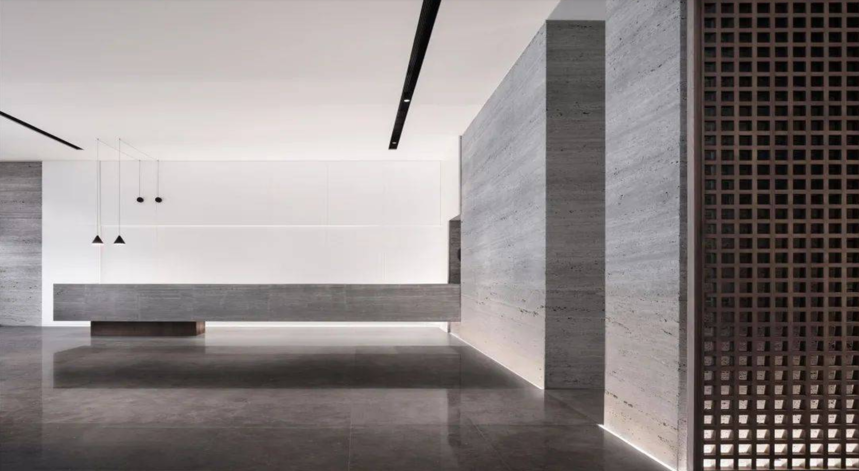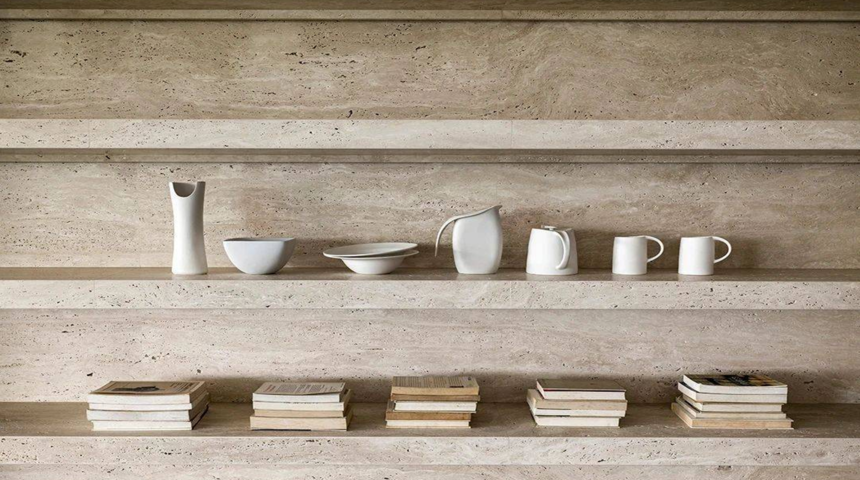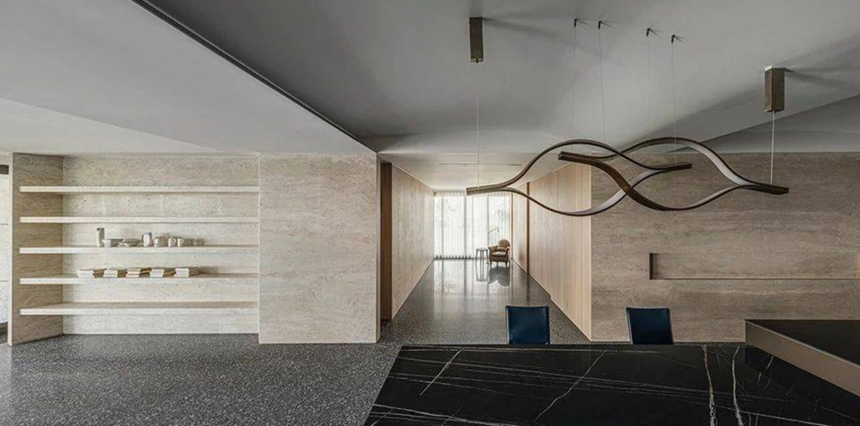|
How to Distinguish Genuine flexible stone from Fake flexible stoneDifferentiating Genuine and Fake flexible stone from the Aspect of Raw Materials: Genuine flexible stone is made from eco-friendly active clay (econic clay) and eco-friendly polymers through hybridization, scientifically known as "modified inorganic powder composite building decorative sheet materials," abbreviated as MCM. Due to the long self-hardening time of eco-friendly active clay (econic clay), but its long-lasting weather resistance, the cross-linking effect of the polymers makes it possible for the eco-friendly active clay (econic clay) to derive into industrialized flexible stone. In sunlight and rainwater, the polymers in the derived flexible stone will inevitably age, and this process just provides the eco-friendly active clay (econic clay) with enough time to absorb moisture and activate to form, making the flexible stone maintain a long vitality. This is also why the artificial aging test of flexible stone can reach more than 2000 hours, equivalent to a life cycle of more than 50 years. Moreover, because its color is the natural color of minerals, its resistance to sun exposure and weather resistance is unmatched by synthetic pigments.
The quality of flexible stone often depends on the exquisite degree of the eco-friendly active clay synthesis process and its activity. The raw materials for eco-friendly active clay production are natural earth/stone powder/quartz/mineral powder/volcanic ash/fly ash, and other inorganic materials. When collecting these natural inorganic materials, they are classified according to their natural red, yellow, gray, and white colors. The same color non-active materials and active materials are mixed and crushed in a certain proportion into micro-scale powder, and then modified by surface-active agents containing fluorine or nitrogen to coat the particle surface. The natural 4-color inorganic powder with high activity obtained is the industry standard "modified inorganic powder composite building decorative sheet materials," and products made from this active modified inorganic powder composite are called flexible stone. Common fake flexible stone includes: l Fake flexible stone made by mixing non-active powder materials (fine sand/calcium carbonate, etc.) with acrylic emulsion. l Fake flexible stone made with paint materials. l Fake flexible stone synthesized with cement and waterproofing agents. l Fake flexible stone made with colored sand and water-based emulsion, etc. Fake flexible stone generally does not reach 2000 hours in artificial aging and weather resistance experiments, and its environmental protection indicators will exceed the standard, making it difficult to pass the EU CE certification and the US UL certification. Once fake flexible stone is used on the exterior wall, it is easy to fade or crumble; when used for interior decoration, it is harmful to the human body. What are the Harms of Fake flexible stone Made from Non-active Materials or Paint Materials? When applied to the exterior wall, it is easy to crumble and fade, and its lifespan is comparable to that of ordinary paint; it has a tenfold difference compared to genuine flexible stone. Inspection method: Check whether its inspection report has passed type sampling inspection? Does its artificial aging inspection report reach more than 2000 hours? Is it compliant? Is the color more vibrant (genuine flexible stone has a more subdued color)?
What are the Harms of Fake flexible stone Made from Cement? When applied to the exterior wall, it will alkalize under the action of rainwater, making the building dull and greatly reducing the aesthetic appeal of the building. Inspection method: Soak in water for 24 hours and then let it dry naturally. If the surface of the water-soaked end turns white, it is fake flexible stone made from cement.
What are the Harms of Fake flexible stone Made from Colored Sand? When applied to the exterior wall, it becomes sticky under the sun, easily absorbs dust from the atmosphere, making the building facade gradually dull, and reducing the aesthetic appeal of the building facade; it is also prone to aging in the sun and rain. Inspection method: By heating to make the surface temperature reach 70 degrees, if there is a sense of adhesion when touched by hand, it can be judged as fake flexible stone.
Other Methods for Identifying Genuine and Fake flexible stone: Genuine flexible stone has a fire resistance performance of Grade A, while most fake flexible stone can only reach Grade B or C. Direct detection method: Open flame burning, if there is a continuous flame, it can be basically judged as fake flexible stone. Soaking water test: Genuine flexible stone becomes harder the longer it is soaked in water, does not turn white, and is not easily crushed when a small piece is rolled by hand, while fake flexible stone becomes powdery or gummy after soaking in water for 4 hours. |











